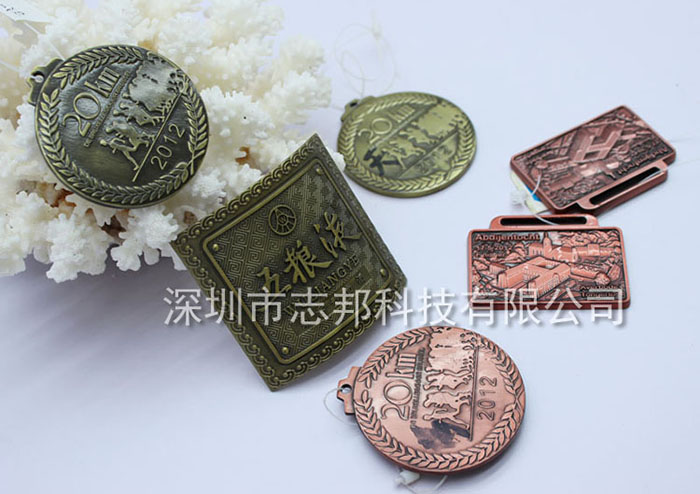There are several types of electrophoretic paint
The electrophoretic paint, as an advanced surface coating material, plays a vital role in modern industrial production. Its unique coating process and superior performance characteristics have led to its widespread application in various fields. Below is a detailed introduction to the main types of electrophoretic paint and their characteristics.
I. Classification of Electrophoretic Paint
Electrophoretic paint can be broadly classified into two major categories: anodic electrophoretic paint and cathodic electrophoretic paint. These two types differ in their composition, properties, and application areas.
1. Anodic Electrophoretic Paint
Also known as anodic acrylic electrophoretic paint, anodic electrophoretic paint is primarily used for surface protection of aluminum products. When aluminum materials undergo oxidation treatment, anodic electrophoretic paint can further enhance protection by forming a thin coating layer with a gloss level ranging from 50 to 90 degrees. This type of electrophoretic paint is widely used in the aluminum profile industry due to its ability to significantly improve the corrosion resistance and decorativeness of aluminum products.

2. Cathodic Electrophoretic Paint
Cathodic electrophoretic paint encompasses a wider range of subcategories based on its composition and properties, including epoxy electrophoretic paint, acrylic electrophoretic paint, and polyurethane electrophoretic paint.
Epoxy Electrophoretic Paint: Renowned for its exceptional salt spray resistance and deep hole throwing power, epoxy electrophoretic paint forms a sturdy coating layer on a phosphated or ceramicized substrate with salt spray resistance exceeding 1000 hours. Epoxy electrophoretic paint offers a diverse range of colors, including bright black, matte black, dark gray, light gray, and a variety of primary hues. It is primarily used for corrosion protection as a primer and can also serve as a topcoat for general-purpose metalwork.
Acrylic and Polyurethane Electrophoretic Paints: These two types of electrophoretic paint are known for their excellent weather resistance and resistance to yellowing, coupled with high transparency (85-90%). They are particularly suitable for protecting coatings and can be formulated with specialized colorants to achieve translucent, vibrant, and color-rich coating effects. They are widely used in applications requiring colored or white electrophoretic paint.
II. The Generation Process of Electrophoretic Paint
The generation process of electrophoretic paint involves electrolytic, electrophoretic, electrodeposition, and electroosmotic chemical and physical changes. During the electrophoretic coating process, the coated workpiece serves as the cathode or anode and is immersed in an electrophoretic bath filled with charged paint particles. Under the influence of an electric field, the paint particles move directionally and deposit onto the surface of the coated workpiece, forming a uniform coating layer. As the coating layer gradually thickens, the force of the electric field gradually weakens until an equilibrium state is reached, at which point the coating thickness and properties stabilize.
III. Application Fields of Electrophoretic Paint
Due to its exceptional performance characteristics, electrophoretic paint is widely used in various industries such as automobiles, furniture, electronics, aerospace, and more. In the automotive industry, electrophoretic paint is employed for corrosion protection and decorative coating of vehicle bodies. In furniture manufacturing, it is used for surface protection of wooden and metal furniture. In the electronics industry, electrophoretic paint is applied to the exteriors of mobile phones, computers, and other electronic products. Additionally, it plays a crucial role in aerospace, architectural decoration, construction machinery, and other fields.
IV. Conclusion
As an advanced surface coating material, electrophoretic paint occupies an important position in modern industrial production due to its unique coating process and superior performance characteristics. Through continuous technological innovation and development, the types and application areas of electrophoretic paint will continue to expand and improve, providing stronger support for the production and development of various industries.





 WeChat
WeChat